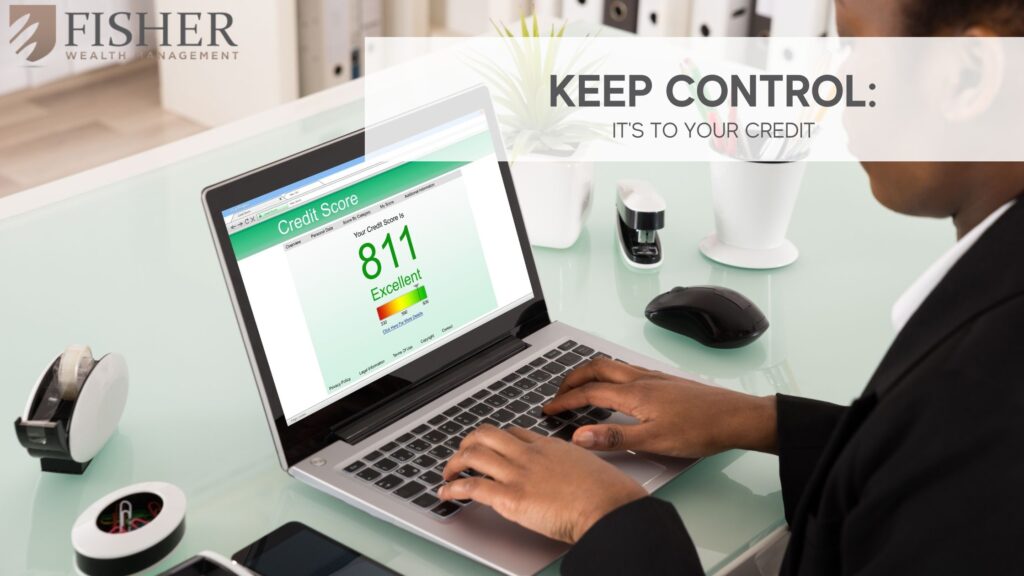
Keep Control: It’s to Your Credit
Are you one of the many American consumers currently asking yourself, “How can I better control my use of credit?” Consumer debt in the United States totals in the billions. Much of this debt belongs to consumers who use credit wisely, but a considerable amount is owed by people whose credit obligations have gotten out of hand.
Consider the hypothetical example of a couple whose collective take home pay exceeds $4,000 per month. They have more than $30,000 in debts, and their method of payment is to reimburse only those creditors who call them.
A combination of events may have led to their debt. Perhaps they borrowed a sizable amount for home improvements or perhaps they needed a new car, which could have easily added $15,000 to their growing short-term credit debt. When other bills piled up and they needed cash, they may have been tempted to use their credit cards. At an average finance charge of 15 percent—and if their credit card debt exceeds $6,000—they could be approaching short-term debt levels beyond their annual cash flow.
That’s a potentially damaging financial position, one you should seek to avoid. But it’s also a situation in which you could find yourself unless you develop—and stick to—a plan for paying your debts.
Determining How Much Debt Is Too Much
A good first step in determining how much debt you have is to draw up a worksheet that includes: the names of your creditors, dates on which you last paid them, annual interest rates being charged, minimum monthly payments, and the total amount due. Note all of your consumer debts, with the maturity dates for any non-revolving charges, as well.
When you write down the interest rate of each loan, check to see if any of the rates are greater than the after-tax return on your invested savings. If they are, you have a negative interest spread, and should consider paying off these loans out of your savings.
After you’ve totaled your monthly debt obligations, calculate the percentage of your take-home pay they represent. If the percentage is higher than 15 to 20 percent, you may be in danger of overloading your short-term credit. Ask yourself, “Could I pay off all my debts within an 18- to 24-month period?” If not, you’re probably exceeding your credit limit.
Whittling Down Debt
Consider taking the following measures to trim your spending:
- Analyze your expenses to determine where your dollars are going. Look for areas where you can cut back, even if only temporarily, to free-up cash and pay off debts. Don’t overlook small expenses, such as buying coffee every morning on the way to work. They add up quickly.
- Try to reduce your finance charge obligations by shopping for the lowest possible rates.
- Reduce or eliminate your use of credit cards. They’re convenient, but only when used within your budget.
- Establish a self-imposed repayment schedule and stick with it. Start by repaying the debts that carry the highest finance charges first.
- Avoid incurring any new debts until your current ones are under control.
- Use self-discipline to keep your spending in check. It’s the surest, safest way to avoid long-term debt.
Although managing debt requires discipline, the rewards can be great. By using credit wisely and keeping your borrowing costs low today, you can help save more money for your future.
Important Disclosures
The opinions voiced in this material are for general information only and are not intended to provide specific advice or recommendations for any individual.
This article was prepared by Liberty Publishing, Inc.
LPL Tracking #1-05233550